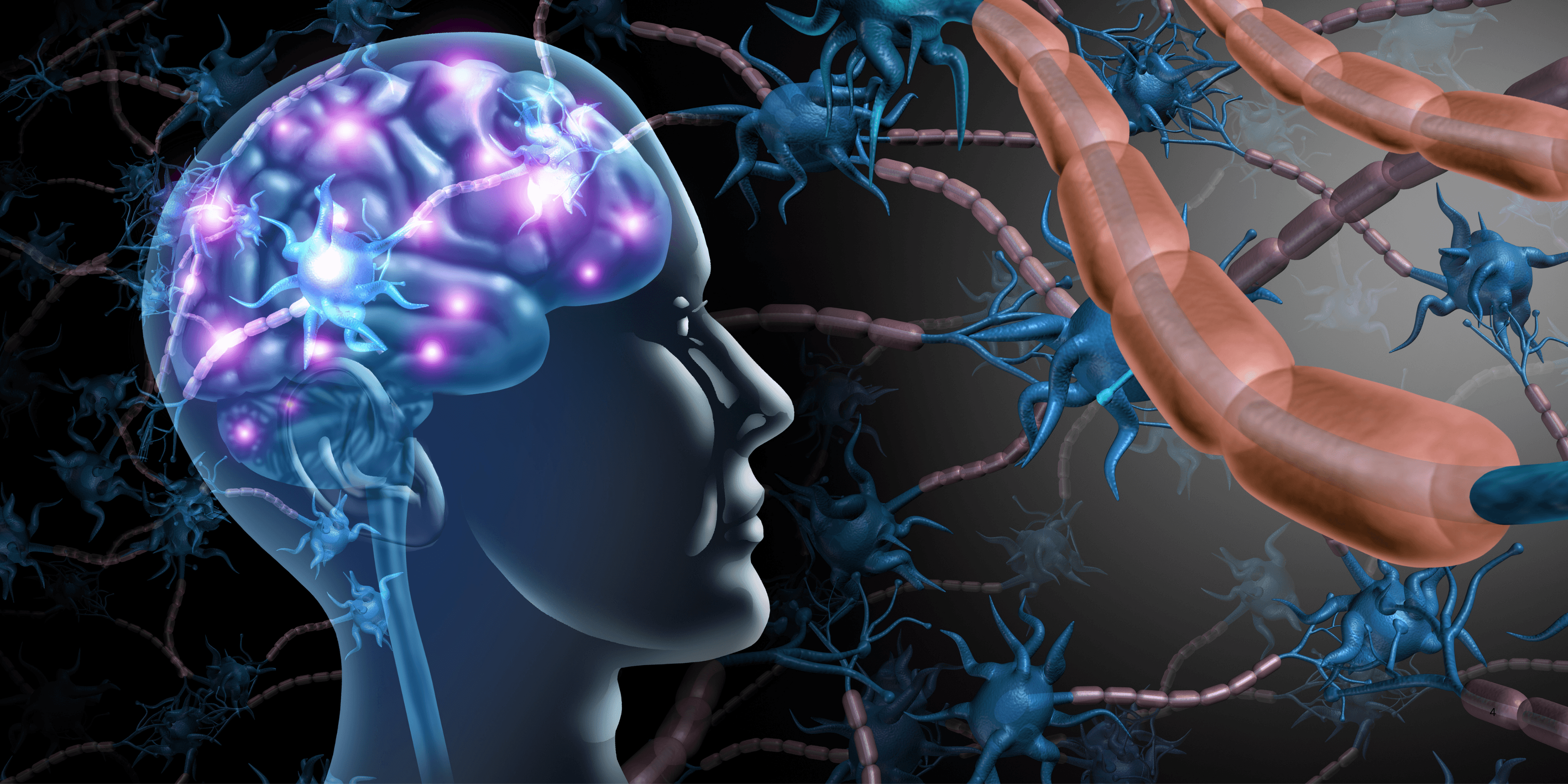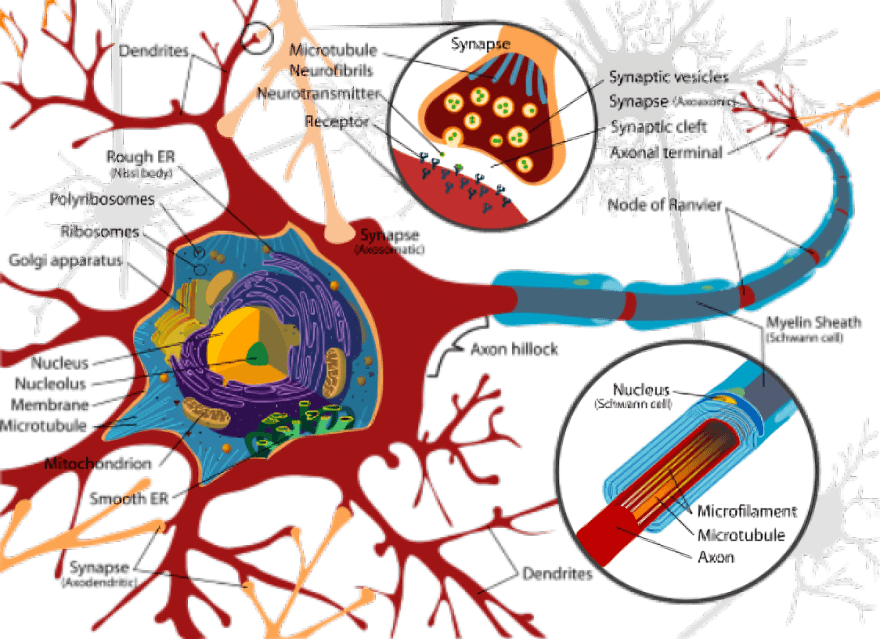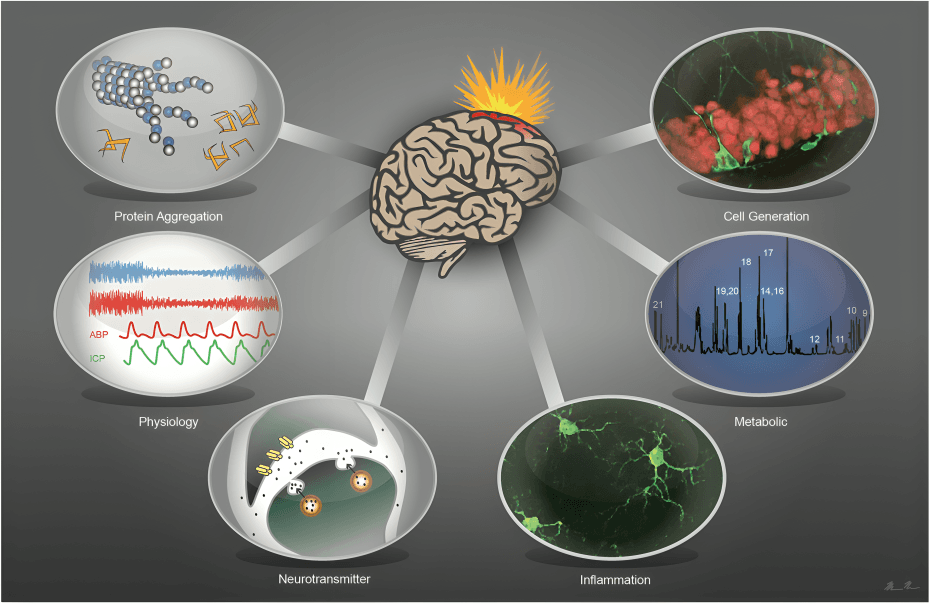
“
Neuroplasticity and brain development describe the brain’s remarkable ability to change its structure and function throughout a person’s life, shaped by experience, learning, injury, and environment.1
1
”
Neuroplasticity and brain development begin in utero, as neurons form connections through chemical signals, setting the structural groundwork for cognition and sensory processing long before birth. 1
During early childhood, neuroplasticity and brain development are most rapid, enabling infants to acquire language, motor skills, and emotional regulation due to a surplus of neural connections. 2

The process of synaptic pruning in neuroplasticity and brain development removes unused connections, improving efficiency and refining neural networks for optimal mental and physical performance.
Myelination, a key part of neuroplasticity and brain development, insulates nerve fibers, increasing the speed and reliability of electrical signals between neurons throughout life. 3
Critical and sensitive periods are phases in neuroplasticity when the brain is particularly receptive to environmental input, such as language or social bonding. 4
Learning new skills, like playing an instrument or speaking a language, is triggered by continuously reshaping neural circuits in relevant brain regions. 5
Physical exercise enhances neuroplasticity by promoting the release of growth factors that stimulate blood vessel growth and neuron survival in the hippocampus. 6
Social interaction fosters neuroplasticity by reinforcing neural circuits involved in empathy, communication, and emotional bonding across all ages. 7
Nutrition significantly influences brain development, with essential nutrients like omega‑3 fatty acids and antioxidants supporting synapse formation and brain resilience. 8

Meditation and mindfulness practices foster strengthening attentional networks, improving emotional regulation, and even increasing gray matter volume.
After brain injury, drive rehabilitation by rerouting functions around damaged areas, enabling recovery through targeted therapy and repetition. 9
Enriching environments boost neuroplasticity by providing diverse stimuli that promote neuronal growth and connectivity throughout the lifespan. 10
Video games and puzzles engage brain development by challenging cognitive flexibility, problem‑solving abilities, and spatial awareness with repeated mental engagement. 11
Reading and storytelling support neuroplasticity by stimulating language networks, imagination, and memory integration across interconnected neural pathways. 12
Neuroplasticity declines gradually with age, but consistent mental stimulation and healthy lifestyle choices can preserve cognitive abilities well into later life. 13

Chemical imbalances or injuries disrupting brain development can lead to psychiatric conditions, highlighting the importance of early intervention and brain health.
Neuroplasticity is shaped by genetics interacting with experience, meaning individual differences in learning and resilience emerge from that dynamic interplay. 14
Research inspires advances in brain–computer interfaces, neurofeedback, and regenerative medicine that aim to harness the brain’s capacity to rewire itself. 15
As doctors and philosophers emphasize, neuroplasticity demonstrates that identity isn’t fixed but continuously shaped by thought, action, and reflection. 16
Finally, neuroplasticity and brain development reveal the enduring truth that any person can reshape their mind throughout life, given intention, practice, and lifelong curiosity.17


